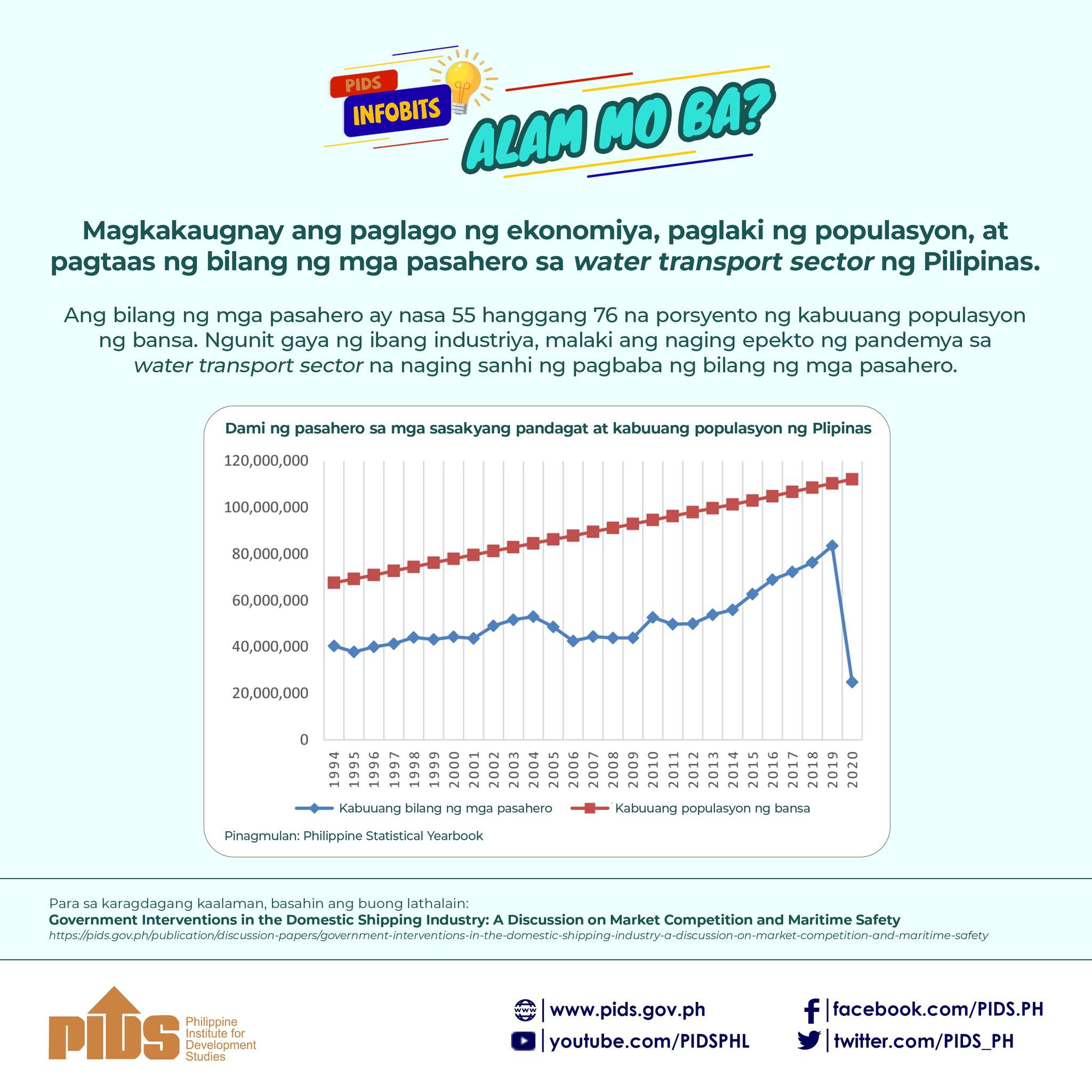Garments and textile industry players were advised to strengthen skills of their workforce and upgrade their machinery to reduce costs, as they carve out their own market niche to respond to competition.
During the recent 2022 Tela Conference, Marikina Rep. Stella Quimbo said government must help address causes of low productivity particularly in terms of lowering power and shipping costs.
Quimbo said the overall competitiveness of the textile industry has been declining over the last two decades amid shrinking labor productivity that may have led to higher prices of textiles compared to that in other Southeast Asian countries.
She cited an earlier study of the Philippine Institute for Development Studies indicating reasons for the declining competitiveness of the industry, including low worker productivity, low design capabilities, high costs of power and shipping, and low financial capital to invest in merchandising and technology required for value-added services, among others.
Economies of scale necessary
Based on the outcome of the study, Quimbo urged firms to achieve “economies of scale” by ramping up business operations to reduce unit costs.
“What factories need to do to scale up for more efficient production would include for example investing in machines, again having larger factories or having an assembly line approach to the extent possible,” she said, adding others can have a small semblance of an assembly line only for improving efficiency.












